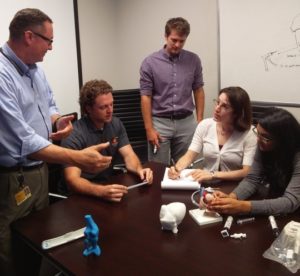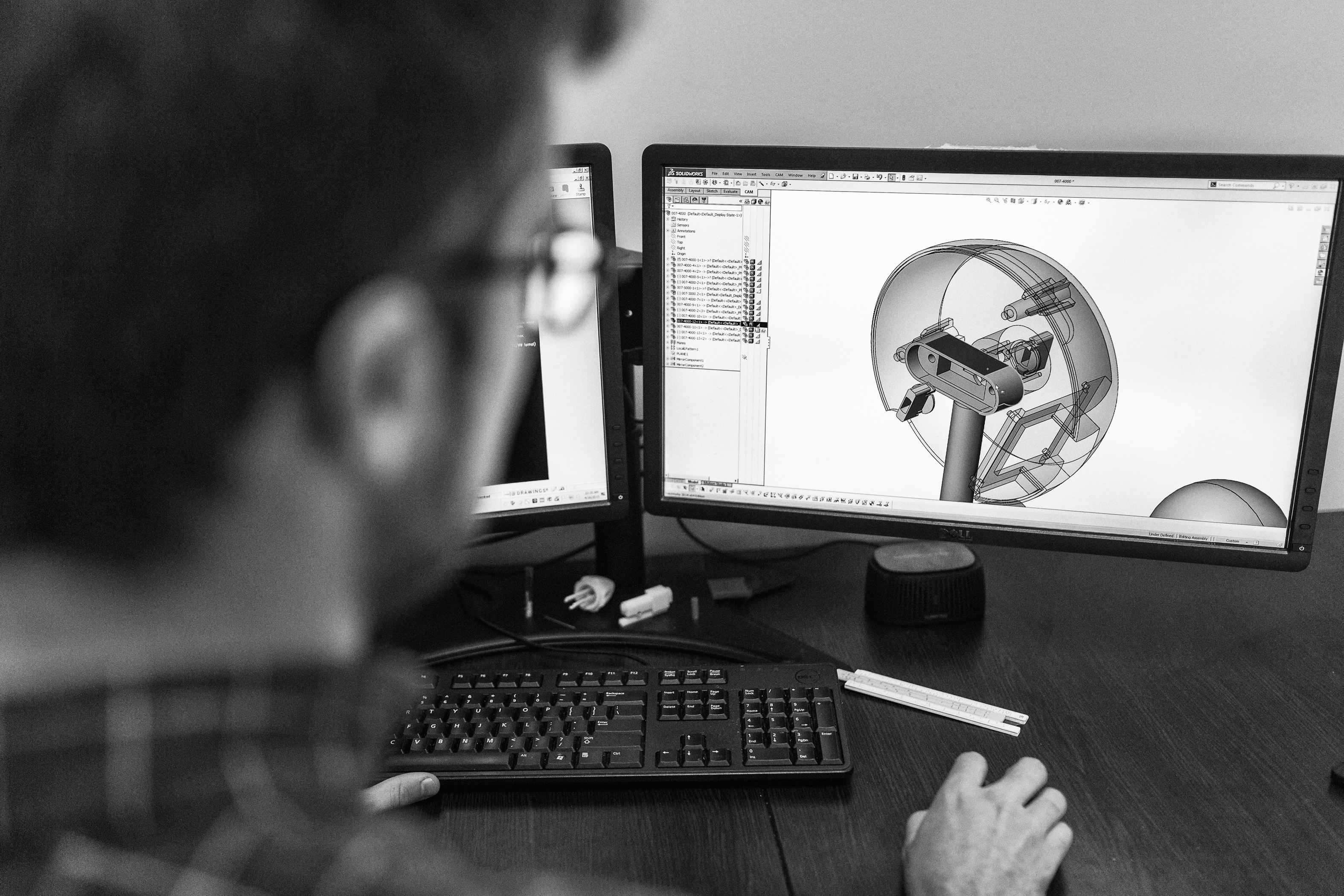In the context of GCMI’s phase-gated product development process the “Design and Development” phase (also called “Phase 2” at GCMI) typically follows a Project Planning phase (called “Phase 1” at GCMI). At the completion of project planning, innovators have determined what work is required to take the technology from prototype to product. The Design and Development phase is all about the meat of the design work: digging in to complete the design tasks, and ensuring that the device is ready for manufacturing and customer use.
Editor’s note: GCMI’s design and development process moves through in series from our Phase Zero to Phase 5. Innovators can jump in at any point in the process, though many actually discover that “backing up” to earlier stages may be advantageous in the long-run. We encourage all medtech innovators to talk to us wherever you may be in your project path.
What is the Goal of the Design and Development Phase?
The ultimate milestone of the design and development process is called “design freeze.” At the exit of Phase 2, a device should include all of the features required for function and safety, and the project team should have confidence that the device will meet all of the input requirements. The marketing team should also approve the look and feel of the device for the intended customers.
Phase 2 continues the formal design control process: like Phase 1, the activities during this phase are documented and included in the Design History File. During Phase 2, designers work not only to improve on the form, materials and function of the device, but also to generate final drawings, specifications and manufacturing procedures describing every detail of every component and assembly. These details are critical to product quality – ensuring that the product is right in all respects at “design freeze” and can consistently be manufactured in the same way every time.
On the way to this end goal, the project team uses an iterative approach that includes the following steps in each design cycle:
- Confirm design input requirements
- Identify device design and user risks
- Make design changes to form, fit, function and/or to allow for a manufacturing method
- Build samples using expected manufacturing methods
- Test device samples against the input requirements
What does “design freeze” mean for new medical technologies?
Prior to verification and validation testing, the product’s design and its manufacturing methods should be in a “design freeze” status. None of those elements should be open to change when verification and validation testing begins without considering whether or not those changes will affect your verification testing. The difference in testing during the design and development phase compared to the verification and validation phases lies in sample size, rigor and formality. As innovators travel the design and development pathway, changes become incrementally more difficult and more expensive.
From Medical Device Academy, “The act of freezing the design is simply intended to reduce the business risk of spending money on verification testing twice because the design outputs were changed during the testing process. If a device fails testing, it will be necessary to change the design and repeat the testing, but if every person on the design team agrees that the need for changes is remote and the company should begin testing it is less likely that changes will be made after the testing begins.”
By the exit of Phase 2, “design freeze,” the product has its final design features, all specifications and manufacturing processes have been documented, and the project team is confident that the device can be a sellable product that can enter initial (pilot) manufacturing and pass its verification testing.
What makes GCMI unique in this phase
Our team plans for significant effort during the design and development phase because we know the hurdles involved in ensuring that the design meets the needs of its users. Clear requirements definition and risk mitigation, plus an emphasis on sufficient testing during the design and development phase de-risks the process and product. GCMI serves as your comprehensive project planning, research and development team, taking an integrated view of product design and manufacturing process development. Our phased approach gives promising technologies the best chance to achieve commercialization in a cost efficient manner.
Contact us in the form below to get the conversation started and unlock more detail.
